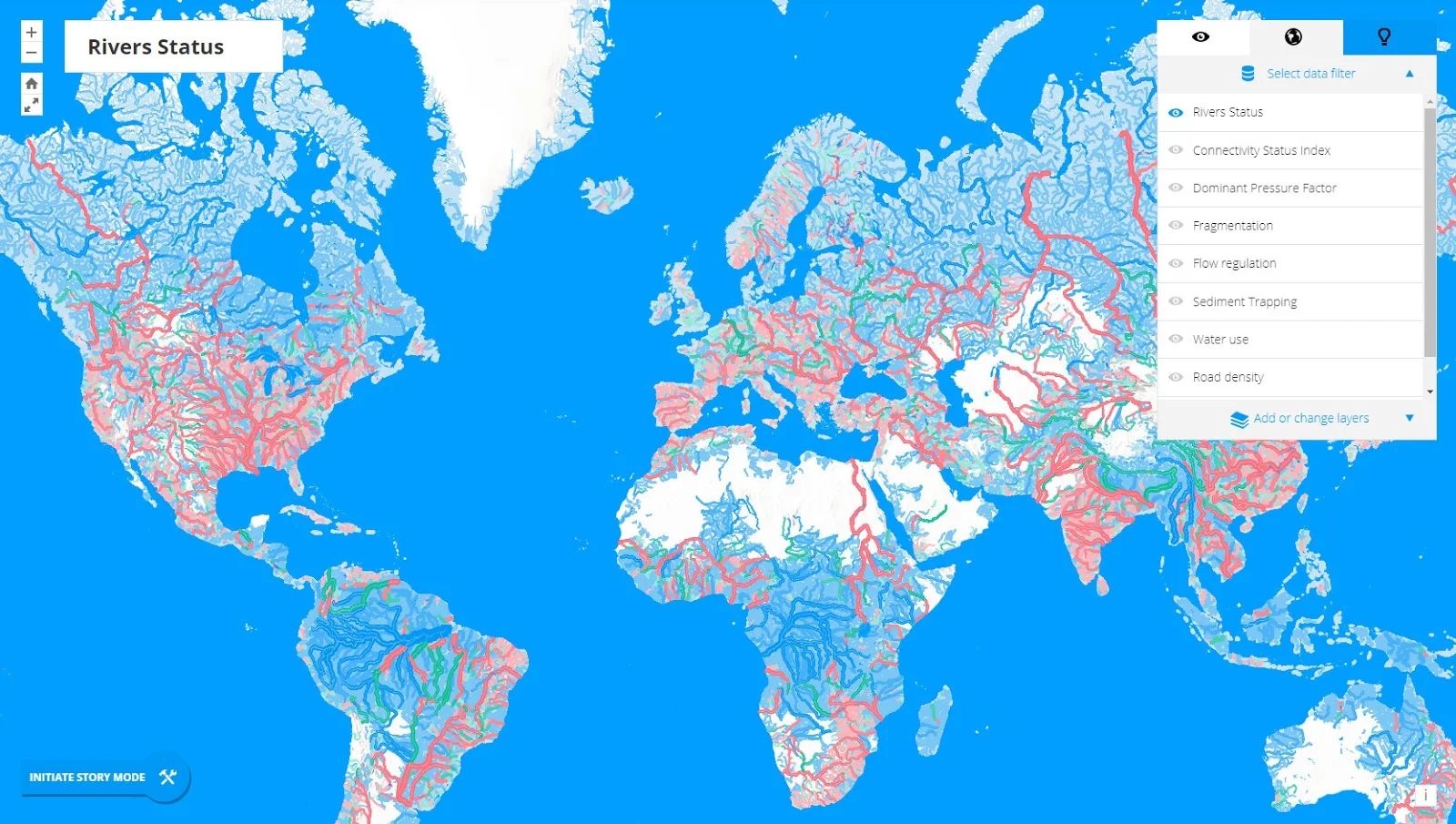Undammed rivers hold significant ecological importance within natural landscapes. These free-flowing watercourses are critical for the health and balance of ecosystems in several ways. Firstly, undammed rivers provide essential habitats for a wide variety of aquatic and terrestrial species. These ecosystems support diverse populations of fish, invertebrates, amphibians, and birds, many of which have adapted to the natural flow patterns and water quality of the river. Additionally, these rivers serve as migratory pathways for fish, allowing species like salmon to move freely upstream and downstream, essential for their life cycles. Dams can obstruct these pathways, leading to declines in fish populations and disrupting the intricate food webs that depend on them.
Furthermore, undammed rivers facilitate the natural transportation of nutrients, sediments, and organic matter downstream. This process contributes to the health of downstream ecosystems and supports nutrient cycling, which is essential for the overall functioning of aquatic and riparian habitats. The seasonal flooding of undammed rivers is also vital for maintaining the health of floodplain ecosystems. Floods disperse seeds, replenish wetlands, and support riparian vegetation, creating dynamic and productive landscapes.
Additionally, free-flowing rivers help maintain water quality by allowing natural processes, like sediment settling and organic matter decomposition, to occur. They also support the oxygenation of water, which is crucial for the survival of aquatic organisms. Undammed rivers can be considered biodiversity hotspots due to the variety of niches they provide, resulting in rich arrays of plants and animals, including rare and endemic species.
These rivers are also attractive for recreational and tourism activities, such as kayaking, rafting, fishing, and wildlife watching, which can boost local economies and contribute to conservation efforts. Furthermore, many indigenous communities and cultures have deep spiritual and cultural connections to undammed rivers. These rivers often hold central positions in their traditions, making their preservation of utmost importance.
This mapping interface below provides a viewer of the results from the journal article entitled: "Mapping the world’s free-flowing rivers" (Grill et al. 2019).
Amazon River is the longest undammed river in the world.
According to the article, we’re losing the world’s largest free-flowing rivers. Only about 1/3 of the world’s rivers over 1000km and less than 1/2 of rivers over 500km remain free-flowing.
Hydropower is booming. There are over 20,100 existing dams, and thousands more are planned. Science-based, basin-level plans can minimize negative impacts and maximize energy and economic returns.
In some places, removing an outdated infrastructure project or restoring a critical stretch of a river can reconnect a vast network and put significant free-flowing rivers back on the map.
Only a handful of the world’s rivers still run freely from their source to the sea, and most of them are critical to food security. Healthy, connected rivers are necessary for migratory fish species, floodplain and agriculture.
The tropics and the Arctic are the final frontiers for free-flowing rivers. These are refugees for free-flowing rivers and can embrace the unique cultural, environmental and sustainable development opportunities this offers.
Hydropower is booming. There are over 20,100 existing dams, and thousands more are planned. Science-based, basin-level plans can minimize negative impacts and maximize energy and economic returns.
In some places, removing an outdated infrastructure project or restoring a critical stretch of a river can reconnect a vast network and put significant free-flowing rivers back on the map.
Only a handful of the world’s rivers still run freely from their source to the sea, and most of them are critical to food security. Healthy, connected rivers are necessary for migratory fish species, floodplain and agriculture.
The tropics and the Arctic are the final frontiers for free-flowing rivers. These are refugees for free-flowing rivers and can embrace the unique cultural, environmental and sustainable development opportunities this offers.

This post may contain affiliate links. As an Amazon Associate, I earn from qualifying purchases.